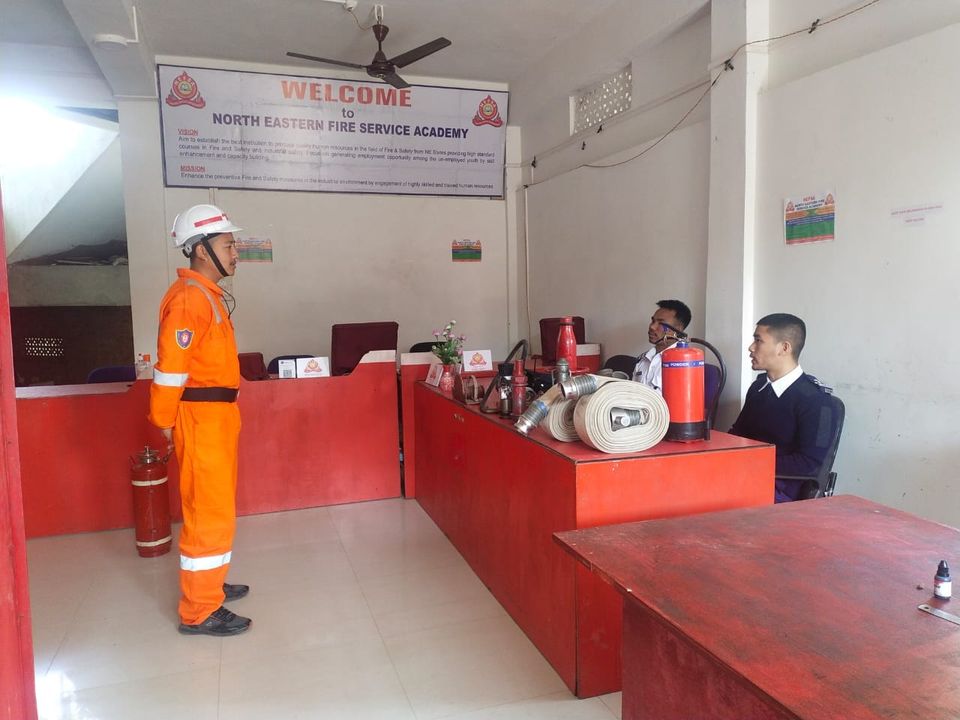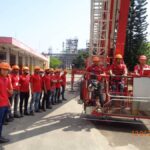Firefighting has evolved significantly over centuries, reflecting humanity’s continuous pursuit of safety, innovation, and resilience. From rudimentary methods in ancient civilizations to the technologically advanced practices of today, the history of firefighting demonstrates the importance of organized emergency response and education.
Ancient Beginnings
The earliest recorded firefighting efforts date back to ancient Egypt around 3000 BCE. In these early urban settlements, citizens relied on basic tools such as buckets and hand-operated pumps to control fires. Similarly, in ancient Rome, Emperor Augustus established the Cohortes Vigilum around 6 CE, a dedicated firefighting and night-watch force. This marked one of the earliest examples of an organized firefighting system, emphasizing the need for structured emergency response in densely populated areas (source).
Medieval and Renaissance Developments
During the medieval period, firefighting was largely community-driven. Volunteer brigades would respond to fire outbreaks using basic equipment such as buckets, hooks, and axes. The Renaissance period saw technological advancements, including the development of hand-pumped fire engines in the 16th century in the Netherlands. These innovations enhanced water delivery and set the foundation for modern firefighting techniques.
Industrial Revolution and Professional Fire Services
The Industrial Revolution brought rapid urbanization and increased fire hazards. In response, professional fire departments began to emerge in major cities worldwide. In the United States, Boston established the first paid fire department in 1679. Technological developments, such as steam-powered fire engines, allowed firefighters to deliver water more efficiently and effectively, significantly improving fire response capabilities.
Modern Firefighting in the 20th Century
The 20th century introduced mechanization and advanced safety measures. Horse-drawn fire apparatus were replaced with motorized engines, improving response times and operational efficiency. Firefighters began using specialized protective gear, including helmets, turnout coats, and self-contained breathing apparatus, which enhanced safety during hazardous operations. Additionally, communication systems and standardized training protocols became integral components of professional firefighting.
Contemporary Practices and Technology
Today, firefighting combines traditional expertise with cutting-edge technology. Tools such as drones, thermal imaging cameras, and AI-driven predictive analytics assist in fire detection, risk assessment, and resource allocation. Global collaboration, standard operating procedures, and specialized training programs have further improved emergency response efficiency and safety standards.
NEFSA’s Role in Fire Safety Training
The National Emergency & Fire Safety Academy (NEFSA) plays a critical role in developing skilled professionals in the field of firefighting. Through comprehensive training programs, NEFSA equips individuals with both theoretical knowledge and practical skills to manage fire emergencies effectively. By combining historical understanding with modern techniques, NEFSA ensures that its graduates are prepared for the dynamic challenges of fire safety management.
Conclusion
The history of firefighting is a testament to human ingenuity, resilience, and the commitment to safeguarding lives and property. From the ancient bucket brigades to today’s technologically advanced fire services, the evolution of firefighting underscores the importance of training, preparedness, and continuous innovation. Institutions like NEFSA ensure that this legacy continues, preparing professionals to respond effectively to fire emergencies in the modern era.
Contact us today to know more about admissions, batch schedules, and course details.
Visit: www.nefsaindia.com
Location: Dibrugarh, Assam
For More Blogs:- Click here







